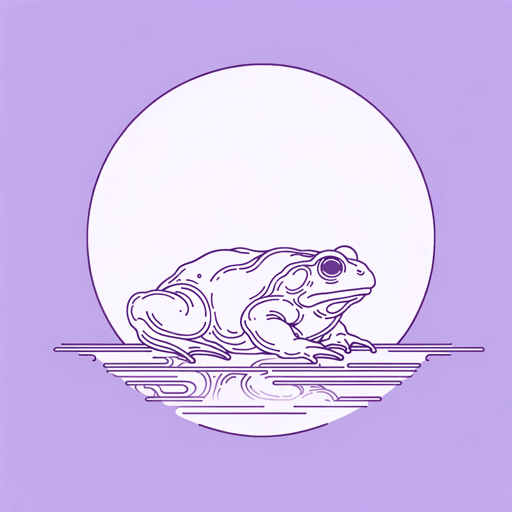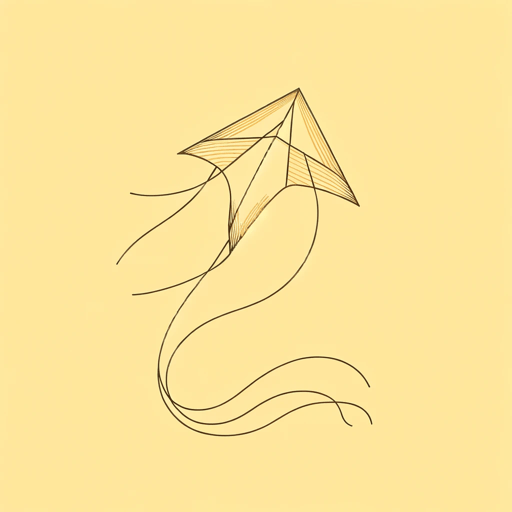46 pages • 1 hour read
Grace LinThe Year of the Dog
Fiction | Novel | Middle Grade | Published in 2005A modern alternative to SparkNotes and CliffsNotes, SuperSummary offers high-quality Study Guides with detailed chapter summaries and analysis of major themes, characters, and more.
Summary and Study Guide
Overview
Written by Grace Lin in 2006, The Year of the Dog is a middle grade novel that follows Pacy as she searches for her place in the world. The daughter of Taiwanese immigrants, Pacy embraces her culture and navigates life in a community where not many of her classmates look like her. Written from the first-person perspective of Pacy and accompanied by the protagonist’s drawings, Lin’s novel explores the various challenges and rewards of a bicultural upbringing, along with the influence of community support and shared stories on Pacy’s developing identity. As Lin’s first children’s novel, The Year of the Dog was nominated to the TX Bluebonnet list.
This guide refers to the 2006 Little, Brown and Company edition of the text.
Plot Summary
The novel’s protagonist and narrator, Pacy (who is also called Grace, her American name), begins the story on the first day of Chinese New Year. As her family prepares for the holiday, Pacy’s mother explains that the Year of the Dog is a time to celebrate friends and family and to seek out one’s true identity. At dinner, with a plethora of food representing prosperity, Pacy’s mother tells how Pacy’s grandfather earned his money through an act of compassion. Pacy and her sisters, Lissy and Ki-Ki, receive hong bao, red envelopes containing money. Traditionally, children stay awake late on this night; however, Lissy and Pacy must go to bed because they have school tomorrow. When Lissy and Pacy discuss their futures, Pacy expresses uncertainty but feels confident that this will be the year she discovers her talent.
Even though Pacy’s family is Taiwanese, many people assume that she is from China; her mother says they are American. At school, when her friend Becky learns about Chinese New Year, she wishes for a unicorn day, so Pacy pretends that there is one to make her friend happy. The lunch lady reprimands Pacy for taking two lunches, and Pacy realizes that there is a new girl who is also a Taiwanese student. When Pacy meets Melody, the new student, they become instant friends.
Now inseparable, Pacy and Melody dye eggs red for a party in honor of Pacy’s baby cousin, Albert. Pacy’s family dresses up and takes the long car trip to Albert’s house. Albert’s family asks if they have eaten, a traditional greeting. Meanwhile, Albert sleeps soundly in his crib with hong bao tucked beneath him. The next morning, Pacy’s neck is sore, so her grandmother paints a tiger and a pig on her skin. As Pacy moves, the tiger “chases” the pig, massaging her neck. Pacy is so worried about the paint that she does not realize that her pain is gone.
Pacy learns that Teddy Jackson, a boy she has a crush on, likes someone. When Melody presumes that he favors Pacy, Pacy imagines a science fair project with him. Hearing this, Melody becomes sullen, because the two girls have already agreed to work on their science fair project together. When they discover that Teddy likes someone else, both girls are relieved that Teddy has not come between them and ruined their friendship.
Meanwhile, two school projects are introduced. First, students must create an illustrated book for a national contest. Pacy lacks ideas, so to inspire her to work hard, her mother shares the memory of when her own mother drew her a diagram of the piano keys so that she could practice the instrument every day, even when she could not access a real piano. For the second project, students team up for the science fair. Melody and Pacy examine how different liquids affect plant growth. The girls are convinced that they will win the science fair, but they are disappointed when the judge declares that their project is flawed. Dejected, Pacy decides that science is not her talent.
Next, students prepare for the school play, The Wizard of Oz. Although initially excited to audition for the role of Dorothy, Pacy bows out when Becky insists that Dorothy cannot be played by a “Chinese person.” Self-conscious, Pacy worries that she should not be the gift-giving munchkin either. However, her mother encourages her, and Pacy sticks with the role. On the night of the performance, Pacy basks in applause from the audience.
Pacy reflects on the lack of Chinese representation in literature and film, so she decides to write a story about her experiences. Her teacher, Ms. Curdy, supports her, but Pacy still struggles to find an idea. One afternoon, she helps her mother plant Chinese vegetables. After reminiscing about her first time eating them, Pacy decides to write her book about ugly vegetables. With assistance from her parents, her sisters, and her teacher, Pacy completes the project and earns an A+.
Summer arrives, and Pacy’s family attends a Taiwanese American Convention (TAC) with Melody’s family. The first week is fun until Melody leaves. Then, several girls mock Pacy’s inability to speak Chinese or Taiwanese. They label her a “Twinkie […] Yellow on the outside but white on the inside” (101), meaning that she is too “American.” Later, her mother tells the story of her first friend in the United States and advises her that it is important to have friends who share her cultural heritage, but that she can also be her unique self. After the convention, Pacy’s family visits New York City’s Chinatown.
They return home, and a new school year soon begins. On Halloween, Pacy dresses as a cat, but she is disappointed when she does not win the costume contest. Soon afterward, an announcement reveals that Pacy has won fourth place (and $400) in the national book contest. Ecstatic, Pacy declares that she has found her talent.
As Thanksgiving and Christmas approach, Pacy shares how her family blends American traditions and foods with their own customs. For Christmas, Pacy asks for a china doll, meaning a pioneer girl with a porcelain face, but her mother mistakenly gets her a doll from China. Despite the misunderstanding, Pacy sees how the doll could be a pioneer girl, too.
Soon, they celebrate Chinese New Year again, and it is now the Year of the Pig. After much preparation—cleaning, cooking, new clothes, and haircuts—they are joined by Melody’s family, and they all reflect on the Year of the Dog.
Related Titles
By Grace Lin



